On Monday, the FCC’s long-awaited Reassigned Numbers Database (RND) went live for use by callers. Available at www.reassigned.us, the RND offers callers the ability to query whether a telephone number was permanently disconnected after the date the consumer provided consent for calls under the TCPA. Although callers are not required to use the RND, the FCC incentivizes its use by providing a TCPA safe harbor for a call made to a reassigned number if the caller had consent for the call, queried the most recent version of the RND prior to the call, and received a result indicating the number had not been reassigned.
With such a strong benefit from using the RND, one may wonder how it works. Callers or their agents may request a login by emailing [email protected] and indicating whether they want to create an account as a caller or as an agent. The RND administrator, Somos, will then provide a custom link to a registration form. Once registration is complete, including establishing a passcode and multi-factor authentication, the registrant may set up additional users. If the registrant is an agent, they will need to upload letters of authorization from their clients permitting the agent to query on the clients’ behalf.
As with the National Do Not Call Registry, fees exist for use of the RND. Users must purchase a monthly, quarterly, or semi-annual plan prior to querying. Plans vary in the number of permitted queries and price. If a user exhausts their plan prior to the end of its term, they can buy a new plan, upgrade their current plan, or “top off” the plan for an additional fee.
When running a query, users may either use a web form for up to 50 numbers or upload a batch file of up to 250,000 numbers via SFTP or an API. Users must provide, at minimum, the telephone number and the date of consent (which may be the date of actual consent or the last date on which the caller reasonably determined the consumer could be reached at the number such as the last date of a conversation with the consumer). Because results from the web form are not stored in the RND, and batch results are only stored for 45 days, the FCC recommends that users download their results and archive them for potential later use under the safe harbor. Results come in the form of one of three answers to the question “Has this telephone number been permanently disconnected after the date of consent?”: yes, no, or no data. Only a “no” result entitles the user to the safe harbor.
Because telephone numbers continue to be disconnected, each voice service provider must report its permanent disconnections by the 15th of each month and the RND will be updated by 8 AM Eastern on the 17th of each month. Callers should keep this date in mind because once the RND is updated in a month, any query performed prior to that date will no longer provide a safe harbor for calls after that date and the caller will need to re-run the query.
For years, both consumers and callers have despised calls to reassigned numbers. Consumers do not want them because they did not request them. Callers waste time and money making them. However, up until now, no relatively easy comprehensive solution existed to determine if a number was disconnected and reassigned to a new subscriber. The RND works to close that gap and callers should evaluate how best to put it to use in connection with their campaigns.
A Partner at M&S, Josh advises clients on a range of proactive and responsive matters, helping them achieve their business goals while complying with federal and state privacy and other consumer protection laws.



